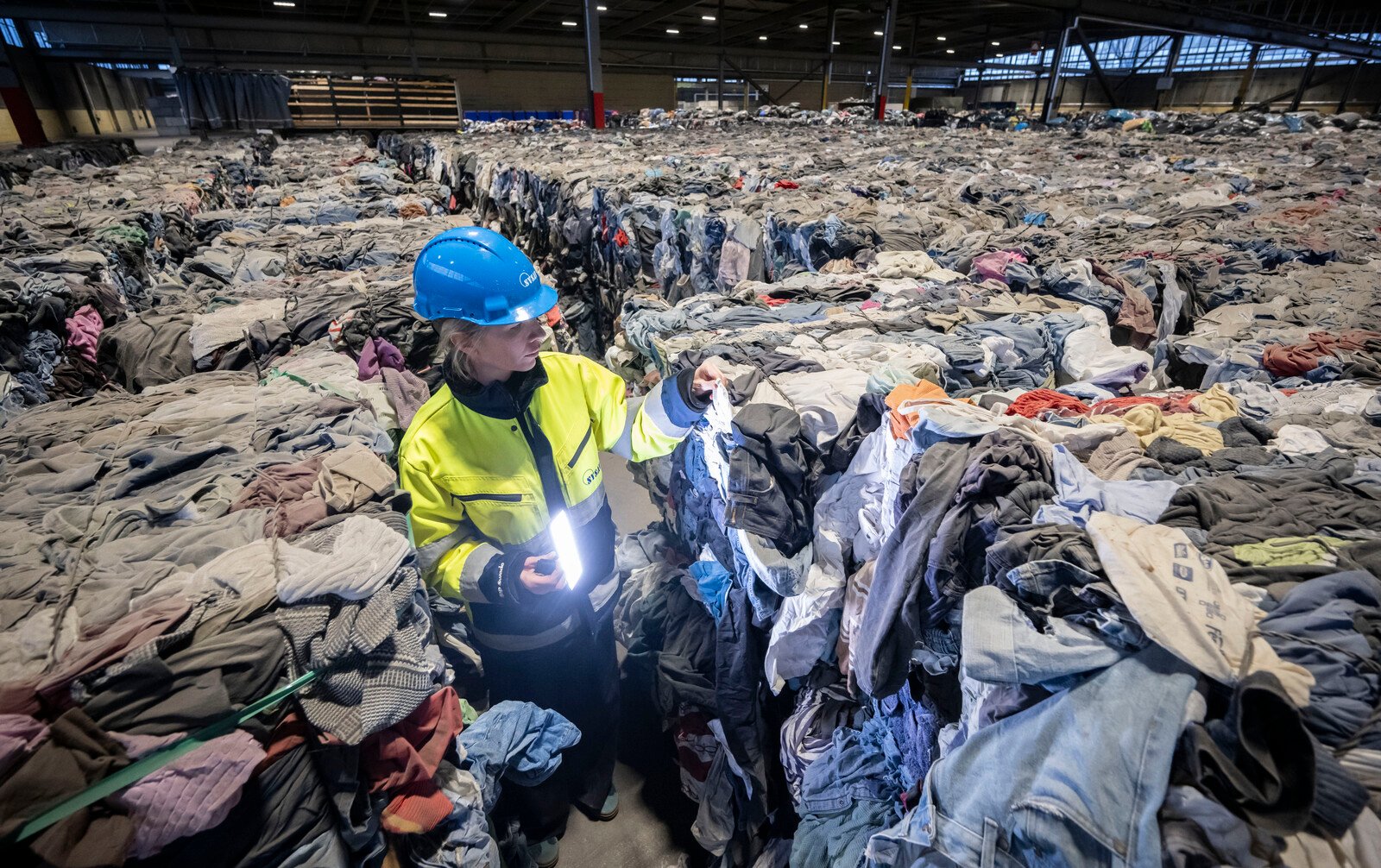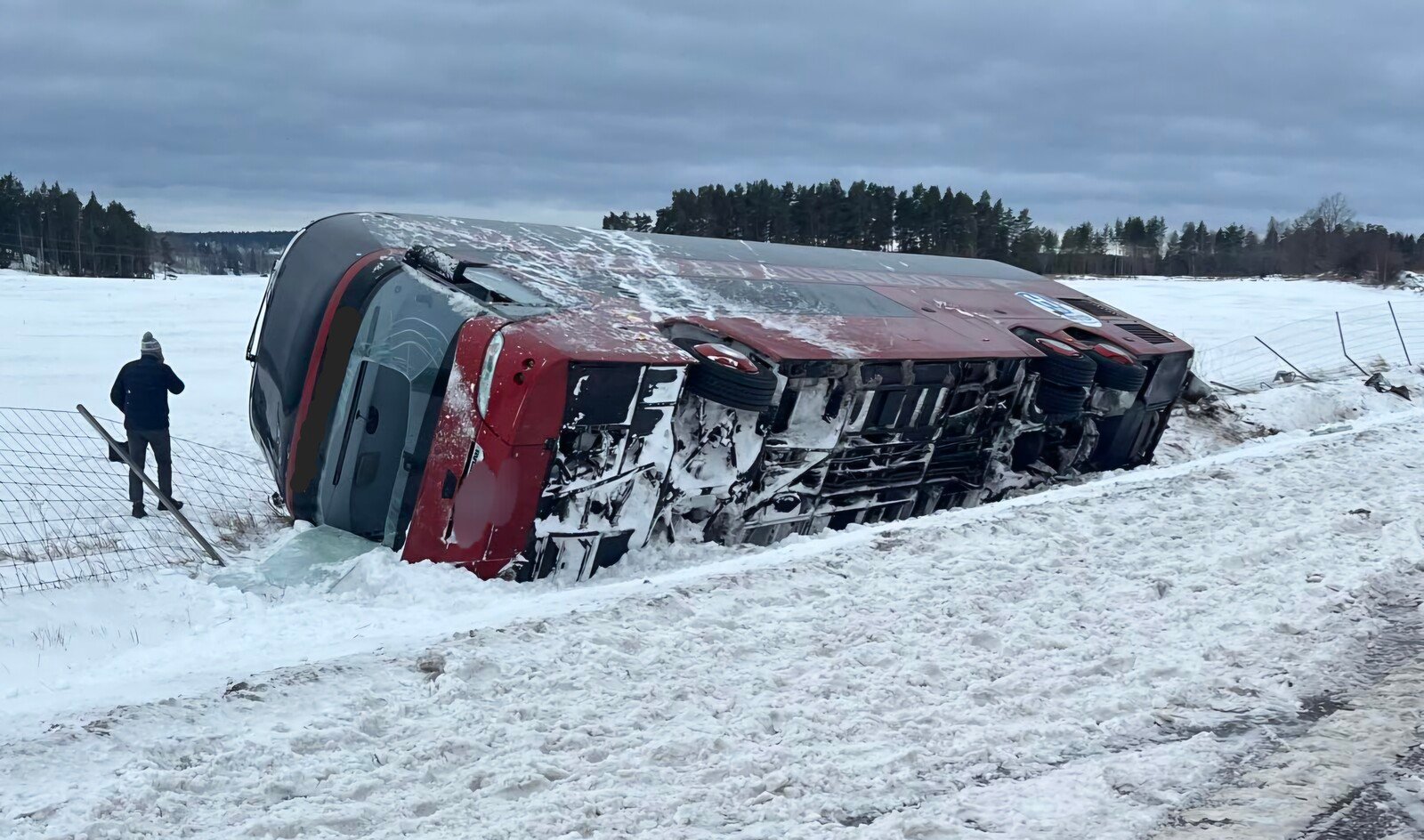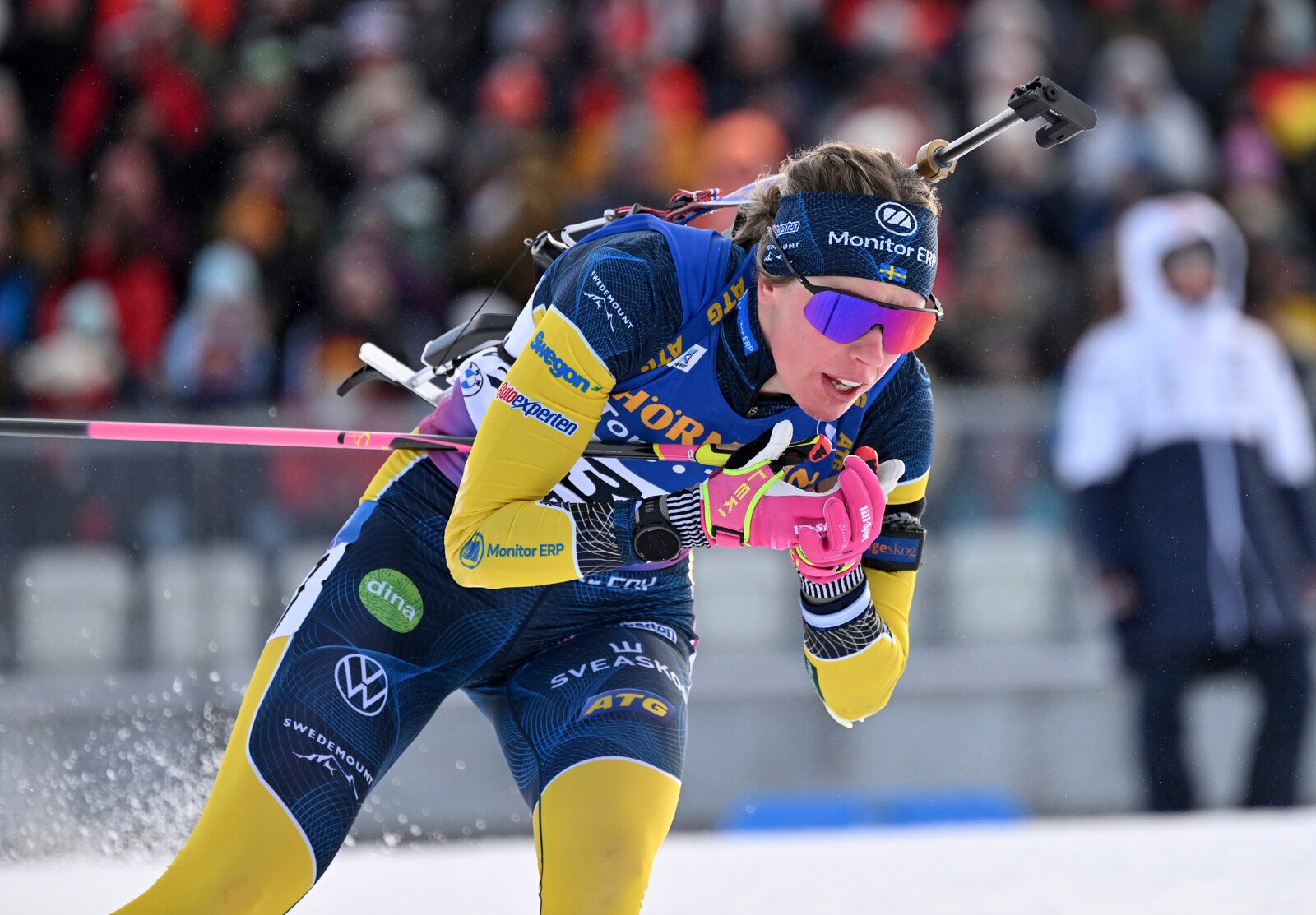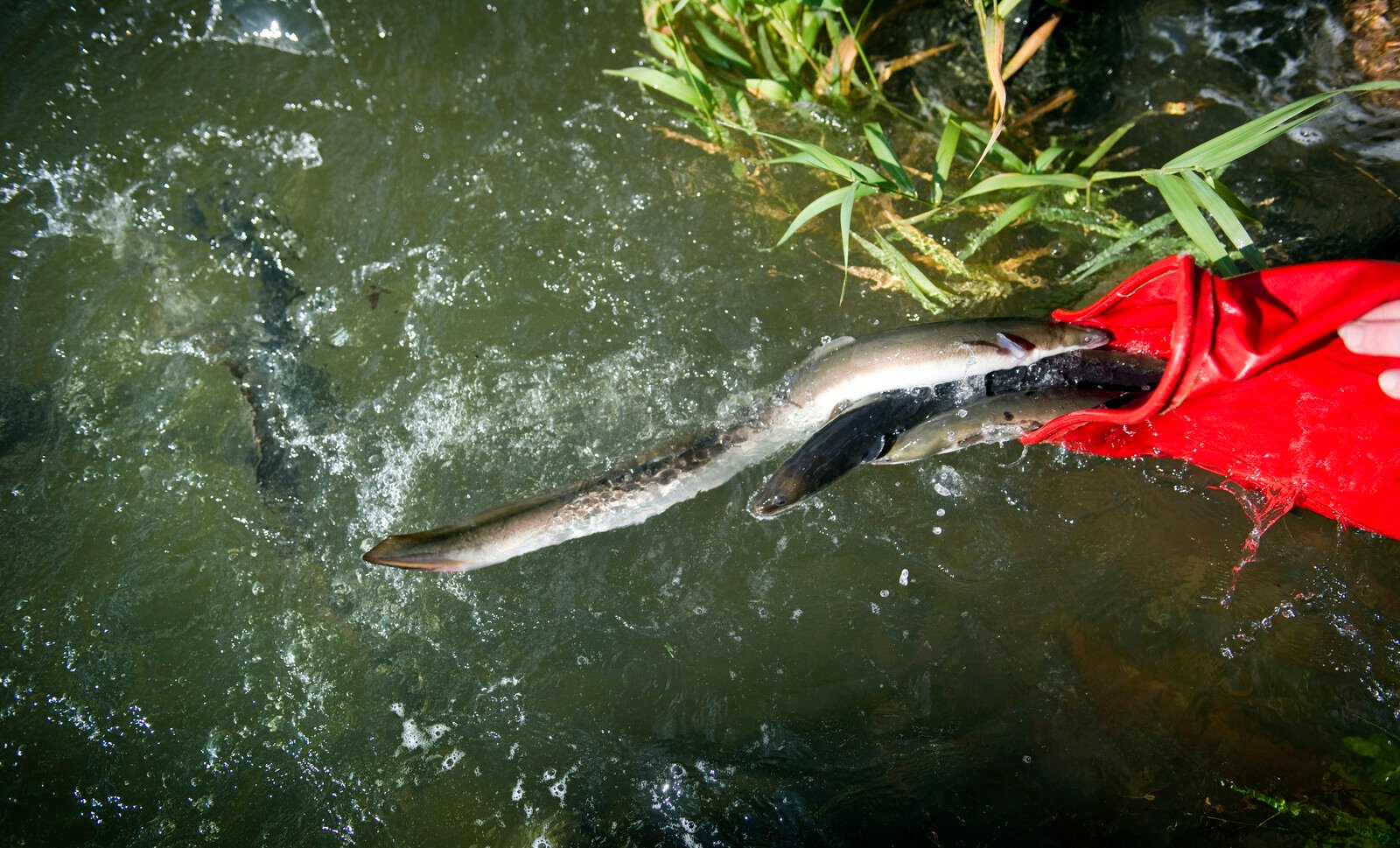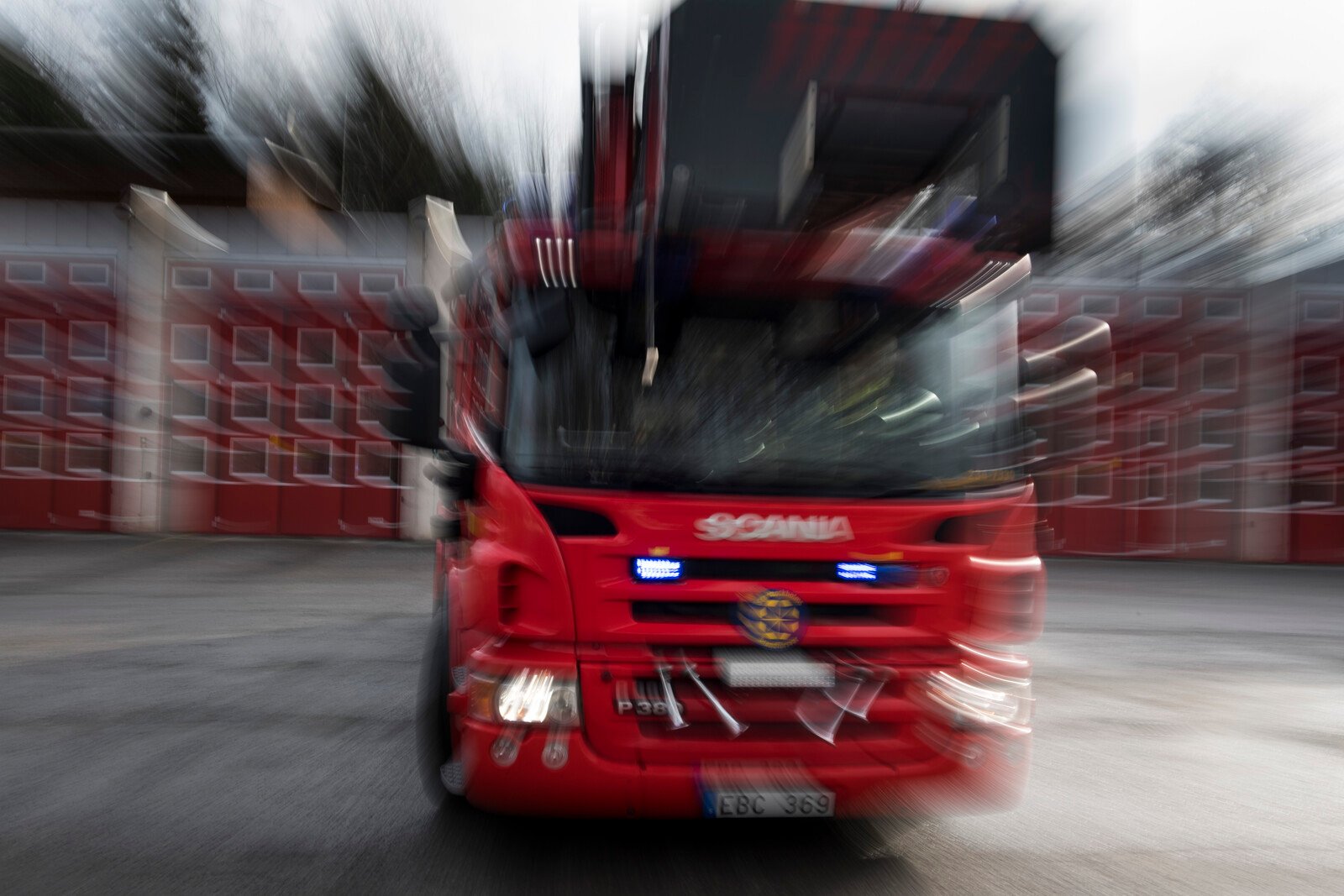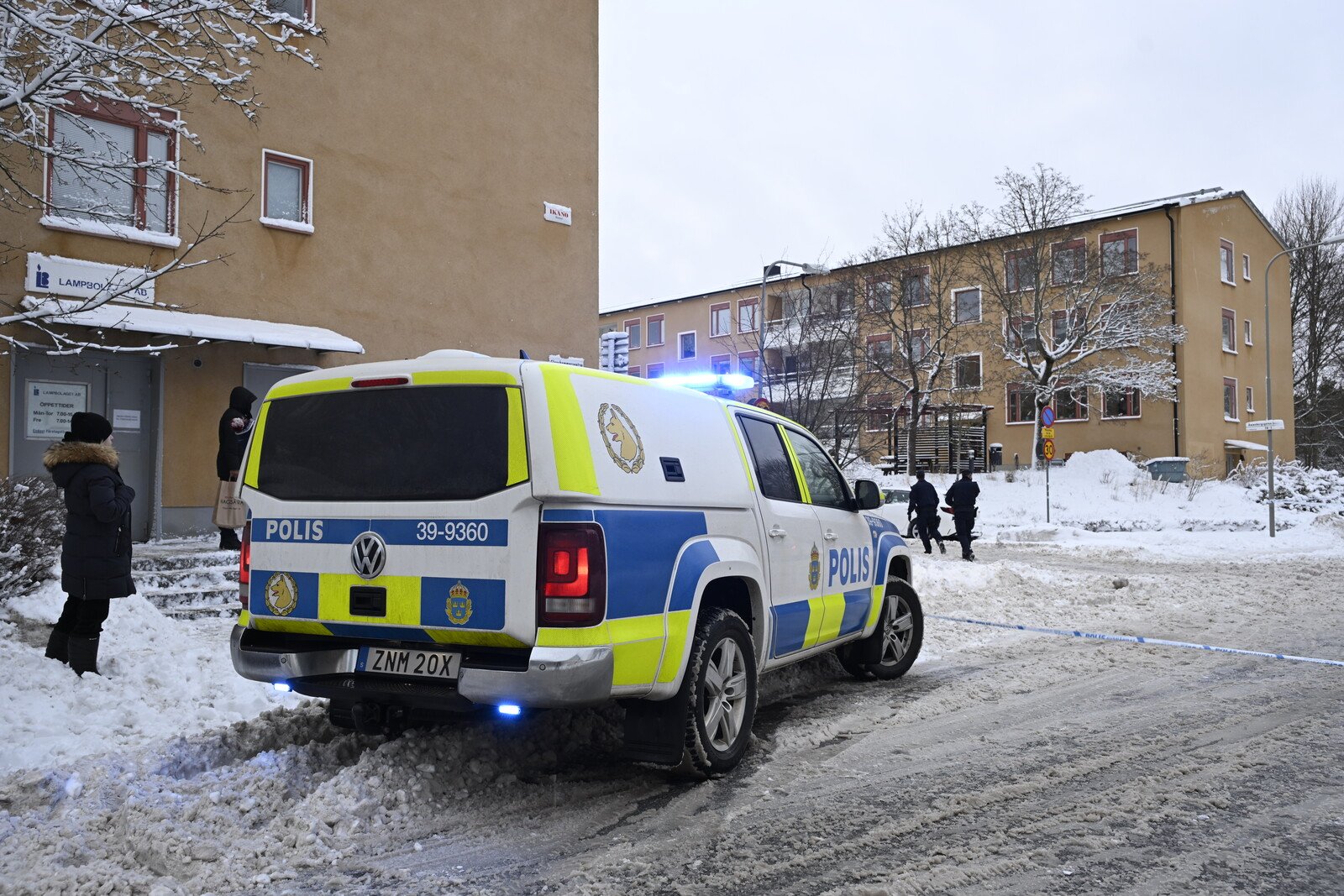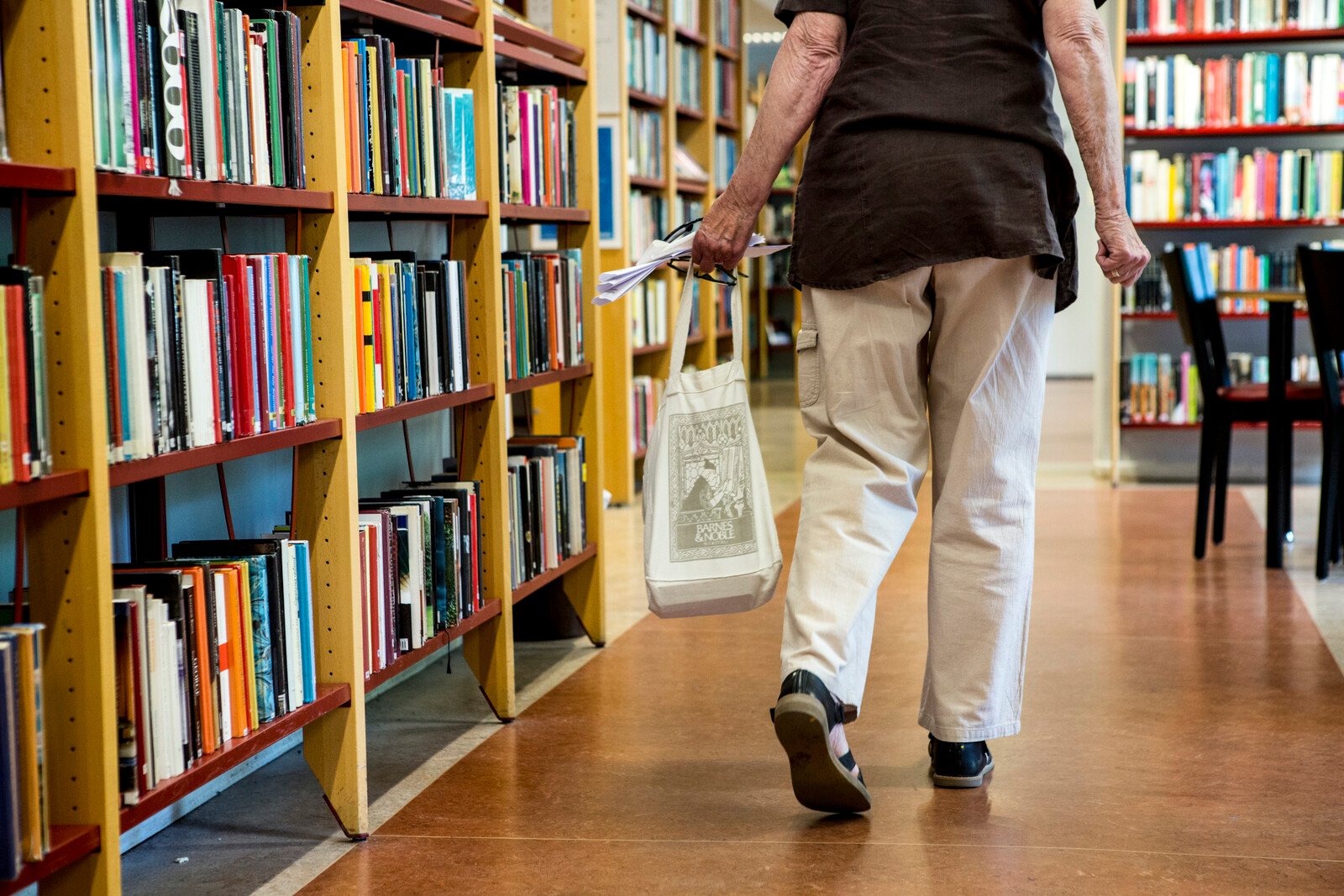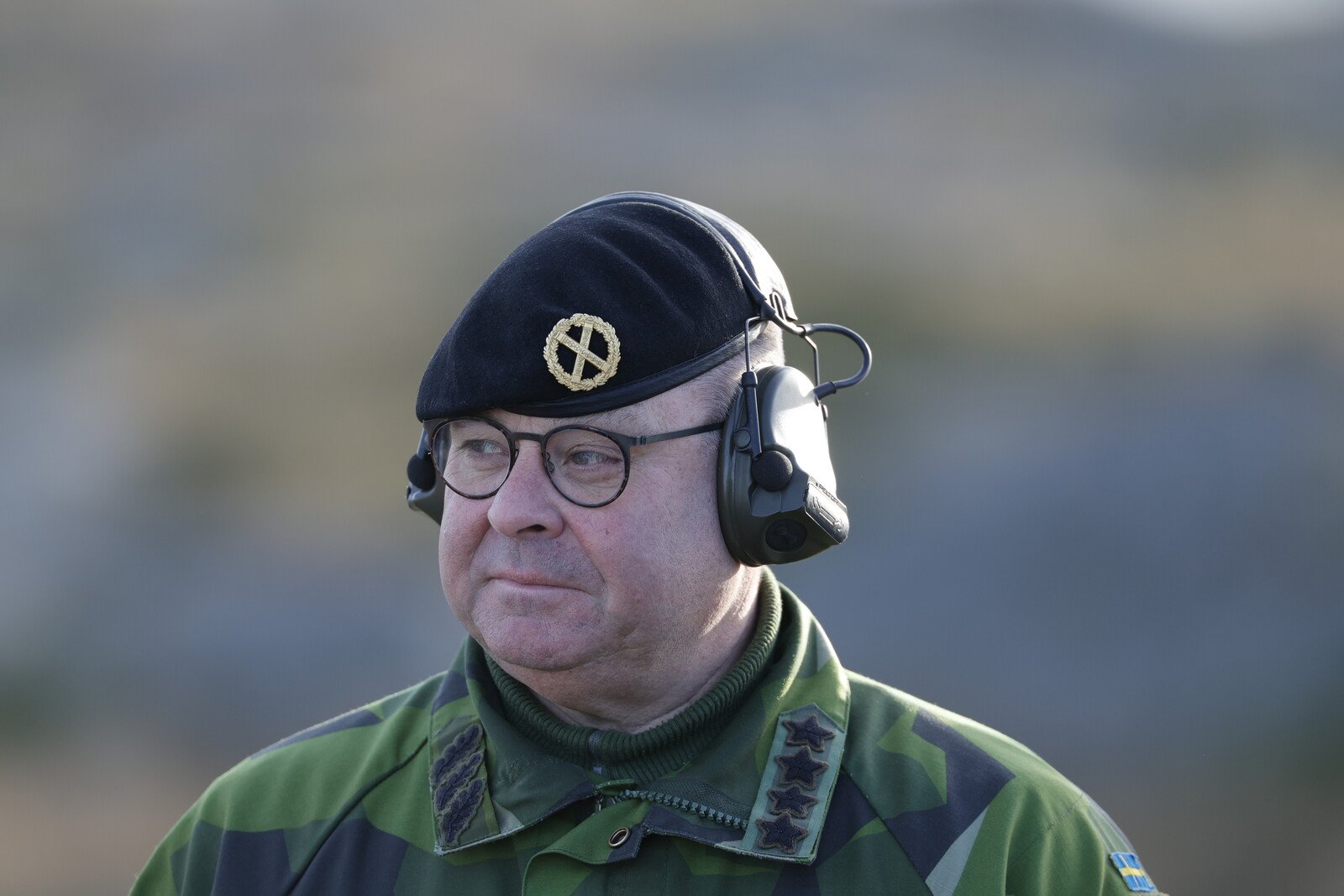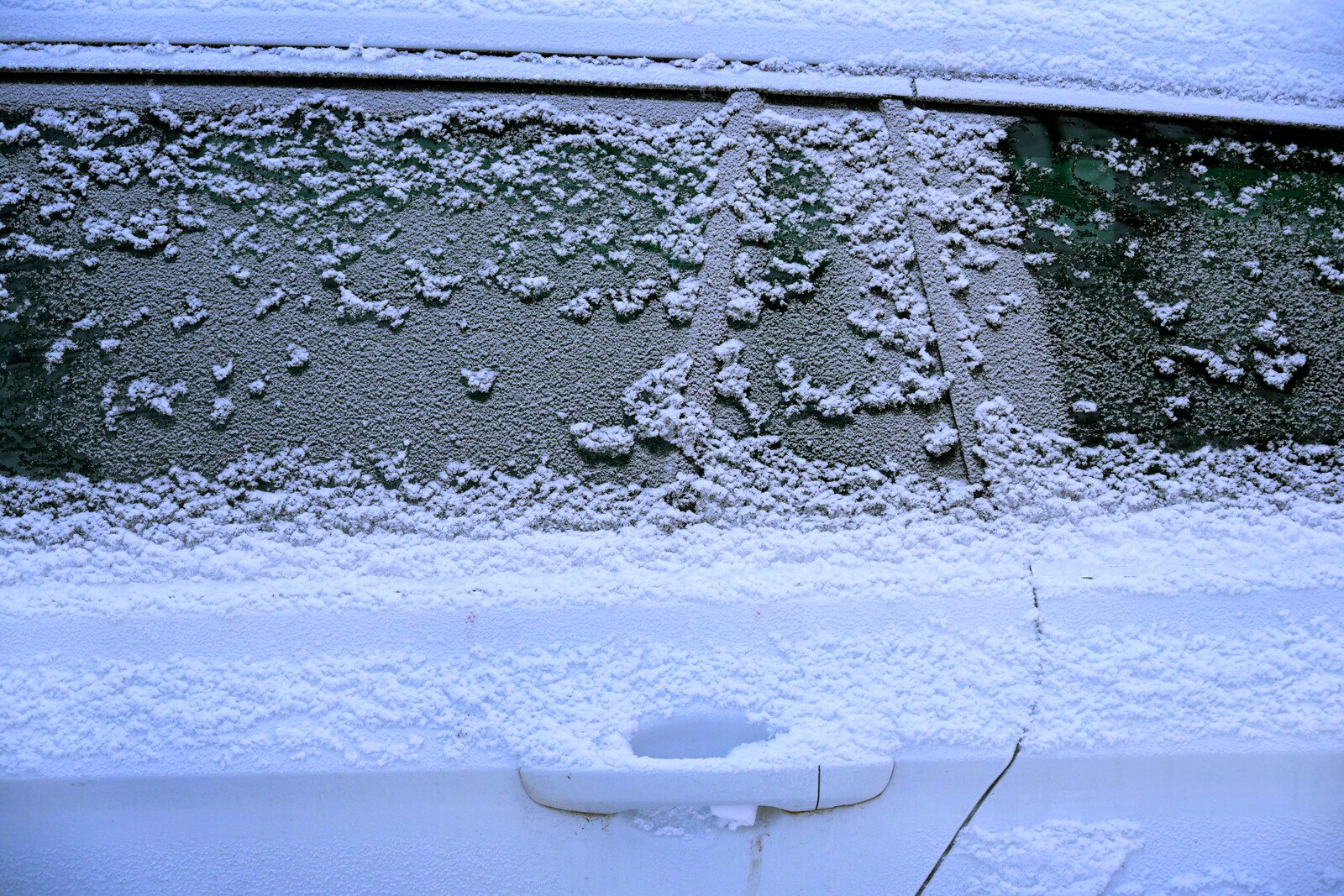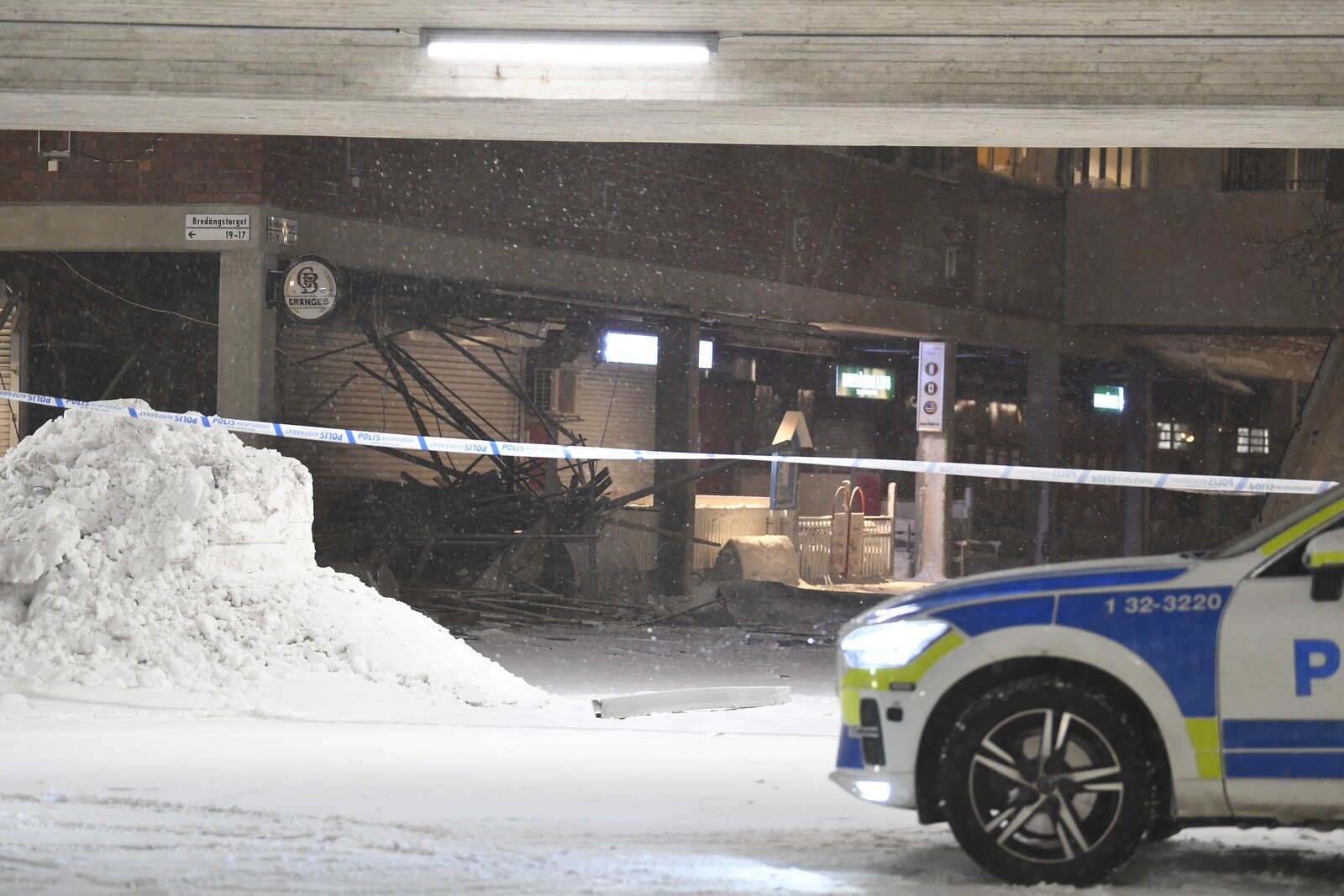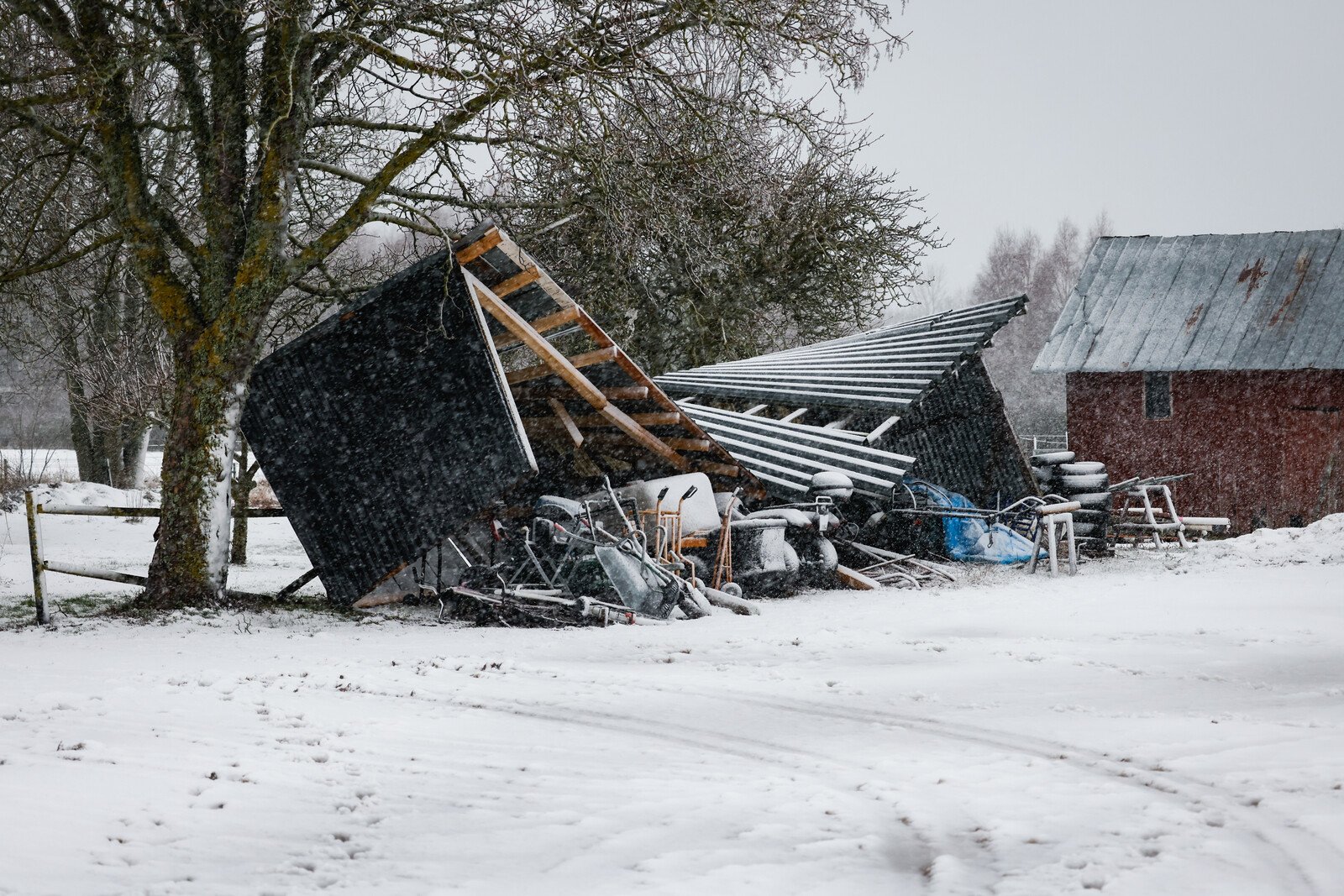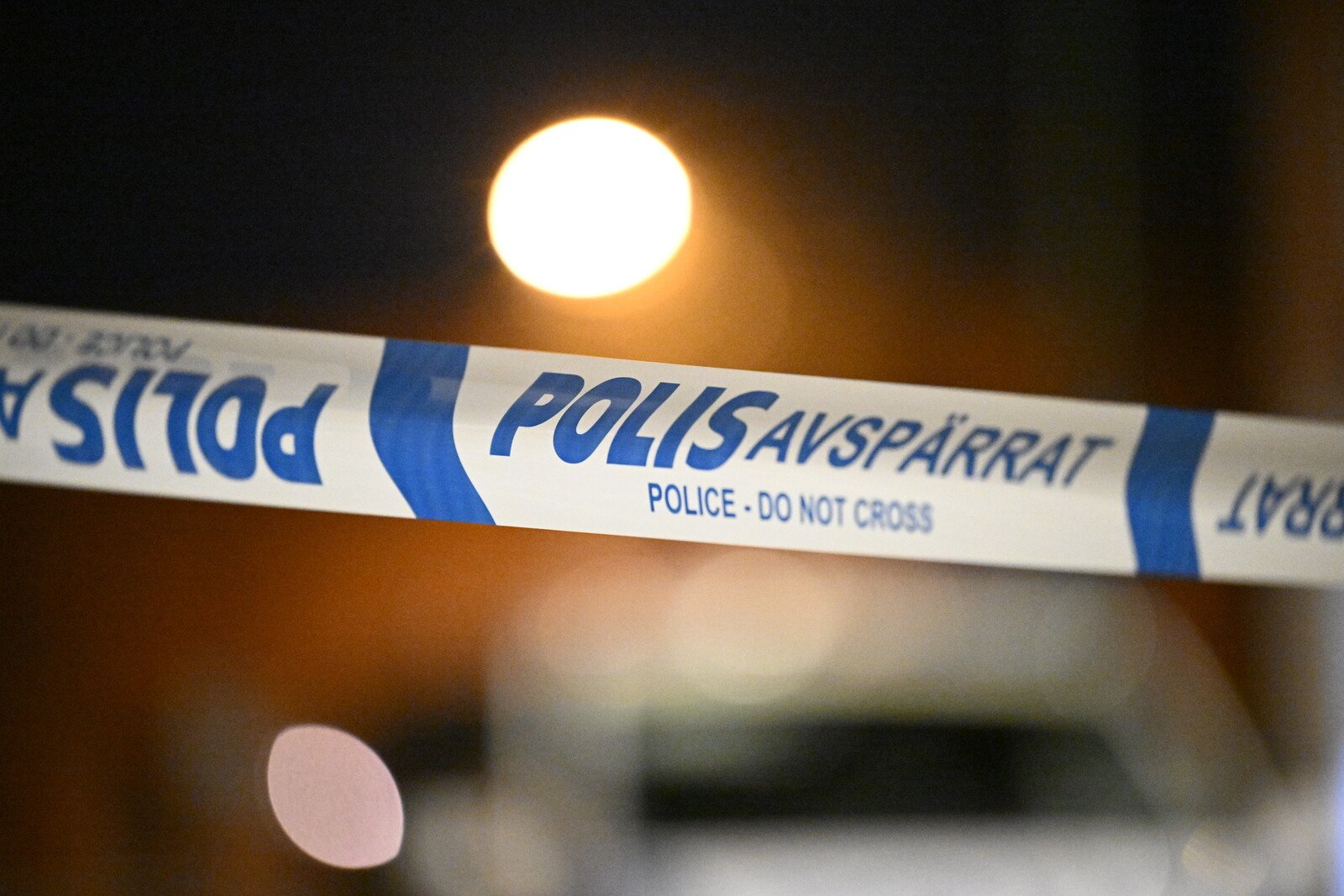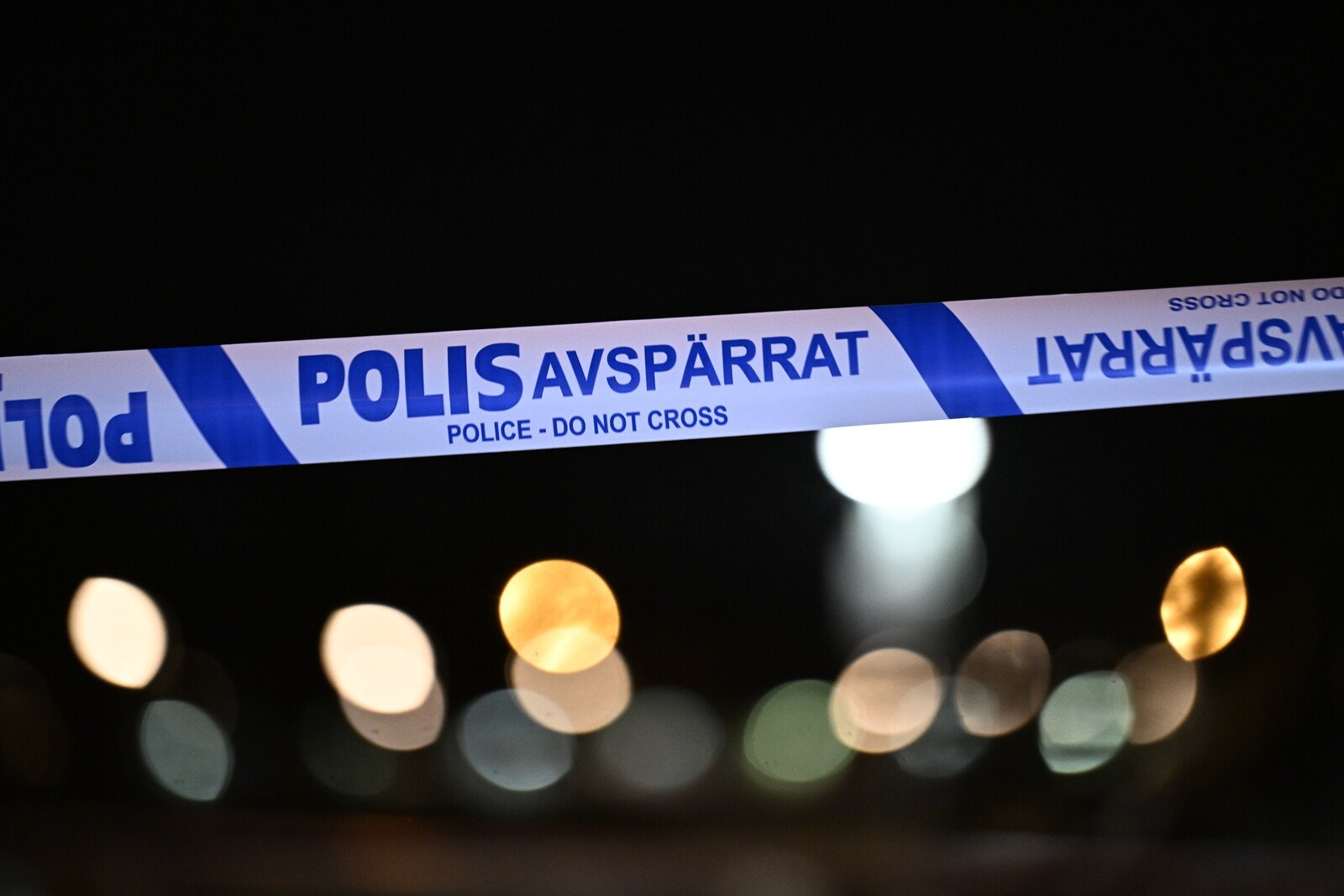Recycling is expensive and virgin material is cheap. The market has not solved it itself, there is not enough demand for the recycled fiber, says Anna Vilén, communications manager at Sysav, the Scanian recycling company that operates the sorting machine.
It's called Siptex and was inaugurated in 2020. With the help of near-infrared light and visual spectroscopy, the machine can sort out exactly what the fabric is made of, for example, if a garment consists of 80 or 90 percent cotton.
The fine sorting is the first step in converting discarded clothes into raw material in the production of new textiles. But now it's at a standstill, which Sydsvenskan was the first to notice.
It's used very little. We basically have no outlet, says Anna Vilén.
After a law change at the turn of the year, no form of textile may be thrown away in the trash without being sorted separately. A lot can be reused and some can become insulation material or industrial rags, but what will happen to the rest of the worn-out, fuzzy, and dirty textile waste?
"Wrong order"
The laws came in the wrong order, says Anna-Carin Gripwall, communications officer at Avfall Sverige.
She predicts that the piles will grow around Sweden while waiting for a solution.
It's likely to end up in piles at the municipalities, since there is not enough recycling capacity, she says.
The EU has first decided to sort out textile waste, but now everyone is waiting for more EU decisions that will redraw the playing field, partly on producer responsibility and partly on eco-design criteria for how textiles should be designed to be sold within the EU.
For example, there may be requirements for new textiles to contain a certain percentage of recycled material – and that's when the textile waste mountains can come in handy and it's time for Siptex to start working.
"A challenge"
Rebecca Uggla, expert at the Swedish Environmental Protection Agency, emphasizes that textiles are a valuable resource that it is absolutely right to sort out from other waste.
Since then, Sweden lacks infrastructure in place, both for sorting and further handling of this material. This is happening simultaneously in Europe and it's clear that it's a challenge when we get so incredibly much textile waste.
In the long run, it will contribute to a change and that's positive. But right now, not all pieces are in place, says Rebecca Uggla.
In Sweden, we buy around 13-14 kilos of new-produced clothes and home textiles per person and year. At the same time, around 7-9 textile waste per person is thrown away each year in residual waste or at the dump and goes to incineration. If textile waste is sorted separately, 65-75 percent can be reused.
The new law that came into force at the turn of the year means that both private individuals and businesses must sort out textile waste and store it separately from other waste. Municipalities are responsible for receiving it, but how they organize their collection is up to them.
Four out of ten municipalities will only receive textile waste at their recycling centers, according to a survey by SVT. In about 100 municipalities, non-profit organizations will help with receiving textile waste.
Sources: Swedish Environmental Protection Agency and SVT
